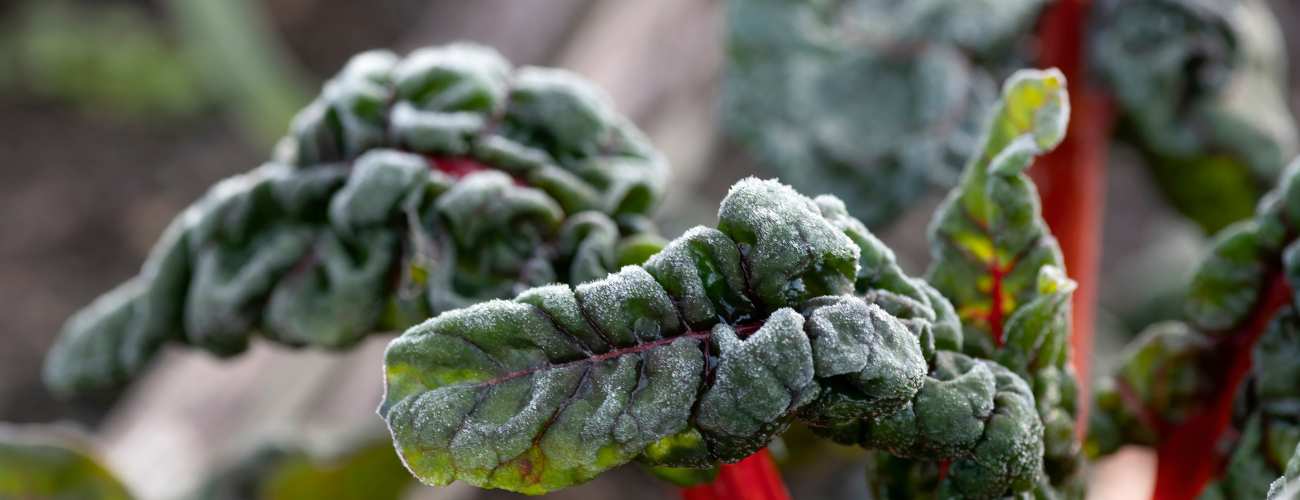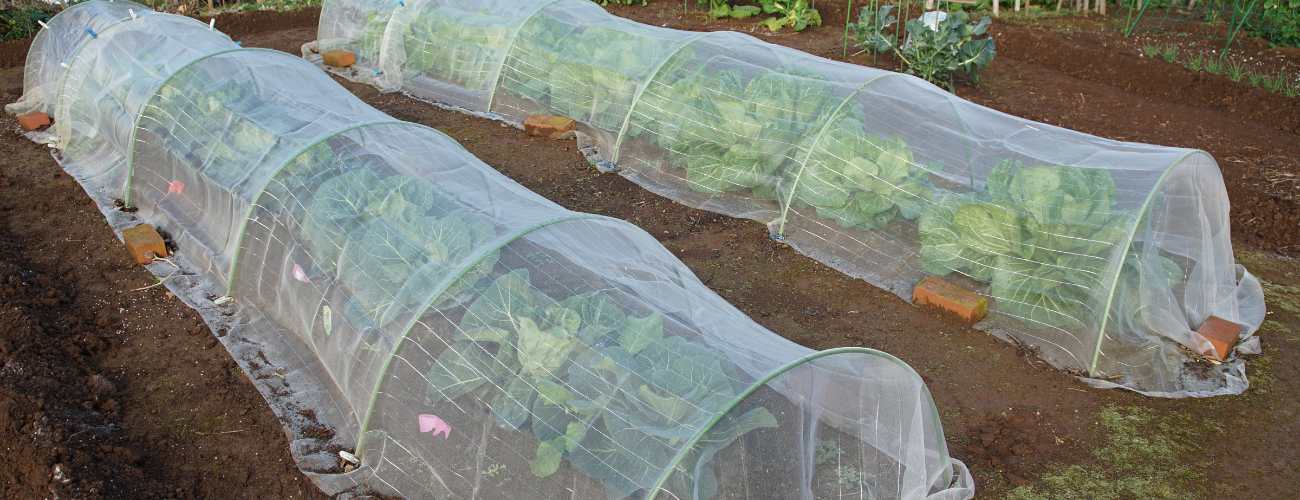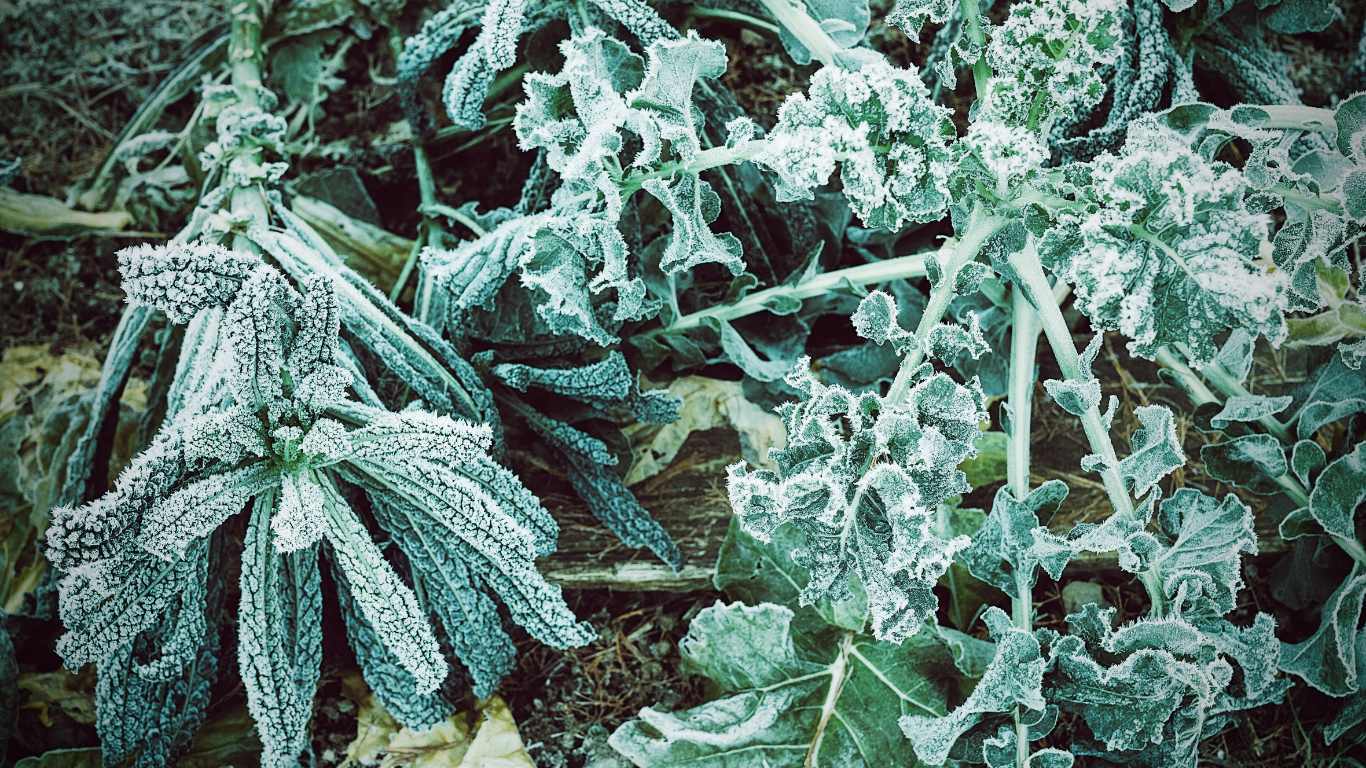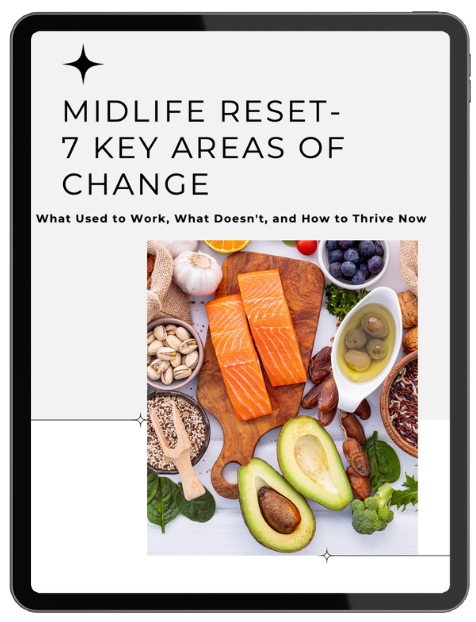You’ve taken the right step by searching for the best vegetable seeds for winter sowing. Trust me, with the right choices, you can have a flourishing garden, even in the colder months.
As a whole, Kale, Spinach, Broccoli, Carrots, and Peas are exemplary selections for winter cultivation, providing both nutritional value and remarkable resilience in chilly climates. There are also other seeds which thrive in cold conditions, such as Swiss chard, radishes, lettuce, and beets.
Hang tight, there’s plenty more where that came from! I’m about to give you the lowdown on these winter wonders and how they turn your garden into a cold-weather wonderland. Stick around!
Best Vegetable Seeds for Winter Sowing
Kale – The Hardy Green: In the world of winter gardening, kale reigns as the unyielding champion. When frosty temperatures threaten, kale stands tall, its curly leaves often adorned with vibrant hues. But what sets winter kale apart is its taste. The cold weather enhances its texture and flavor, making it a delightful addition to your winter meals. It’s not just kale; it’s kale in its prime.
And for those with limited space, consider the Winterbor variety with its deep-green curly leaves or the compact and charming Dwarf Blue Curled, ideal for smaller gardens or raised beds.

Spinach – The Cold-Loving Leaf: Spinach, with its lush green foliage, is my one of my favourites for winter sowing. What’s intriguing is its resilience in the face of cold.
Deeply rooted, spinach draws nourishment from the earth even in chilly conditions. Picture the joy of spotting fresh spinach leaves poking through the frosty ground in your winter garden.
The Giant Winter variety boasts generously sized, flavourful leaves. Alternatively, opt for Bloomsdale Long Standing for resistance against diseases and pests. Plus, with reduced daylight in winter, you’ll enjoy an extended harvest with minimal bolting.
Broccoli – For Crunch and Nutrition: The distinctive appearance of broccoli, resembling miniature trees, makes it a coveted winter garden guest.
While it demands more care and patience than some winter veggies, the rewards are worth it. Slow growth results in tighter, more flavourful heads.
As an added bonus, this slower pace reduces premature flowering, ensuring a bountiful yield. Look to the Calabrese variety for its renowned large green heads or embrace the visual delight of the Purple Sprouting with its purple-green florets.
Carrots – A Sweet Winter Surprise: Imagine the satisfaction of plucking a crisp, sweet carrot from the cool winter soil. Winter transforms this root vegetable into a delightful treat.
As temperatures drop, carrots respond by producing more sugars, acting as natural antifreeze and ensuring their survival. The result? Sweeter, crunchier carrots.
The Autumn King variety is cherished for its long, deep-red roots. Alternatively, consider Oxheart, a broader, heart-shaped carrot ideal for hearty winter stews or refreshing salads.
Peas – A Winter Staple: Peas, typically associated with spring and summer, gracefully extend their presence into winter. Plant them in the colder months, and you’ll be rewarded with an early spring harvest.
Peas shine with their adaptability. They can climb trellises, sprawl in beds, or even thrive in containers. Robust and resilient round-seeded varieties like Meteor are tailor-made for winter conditions.
On the other hand, Feltham First matures early, guaranteeing you a delightful supply of fresh peas as winter slowly gives way to spring.
But Wait, There’s More!
While those five are my top picks, there are many more seeds which thrive in cold conditions, such as Swiss chard, radishes, lettuce, and beets.
Don’t be afraid to try out other varieties or vegetables that might be less conventional for winter sowing. The joy of gardening comes from learning and a bit of experimentation after all. And if you deciding between organic and conventional seeds, I would encourage you to read my blog which will help you to choose which you should plant in your garden: organic or conventional seeds.
Tips for Successful Winter Sowing
- Soil Preparation: A garden’s foundation is its soil. Well-drained soil ensures that water doesn’t stagnate around your seeds, which can lead to rot or fungal diseases. Sandy loam is often considered ideal for this purpose. Moreover, enriching your soil with compost or well-rotted manure can introduce essential nutrients, promoting vigorous seed growth. Regular soil tests can also be beneficial, helping you maintain the right pH and nutrient balance.
- Protection: The unpredictable whims of winter can be harsh on young plants and seeds. Employing physical barriers such as cloches, which are bell-shaped glass or plastic covers, can shield plants from frost. Similarly, garden fleece is a blanket, trapping warmth and preventing rapid temperature fluctuations. Cold frames, which are bottomless, box-like structures with transparent tops, provide a more stable environment, especially during snowfall or heavy frosts.

- Sow Deeper: The cold winter air is most brutal at the surface. By sowing seeds slightly deeper than usual, you can utilize the earth’s natural insulation. This small change in sowing depth can make a difference, ensuring the seeds remain dormant until the right germination conditions are met. However, always consider the seed size; tiny seeds might struggle to emerge if buried too deep.
If you want to ensure your seeds germinate well, I recommend you to read my blog about seed treatments for better germination which goes into details regarding various techniques how to enhance seed germination.
- Consistent Moisture: It’s easy to assume that winter’s chill means less watering, but seeds require moisture to kickstart the germination process. Use a gentle spray to moisten the soil, ensuring it doesn’t become compacted or wash the seeds away. Mulching with organic matter can also help retain moisture, reducing watering frequency. Remember, it’s a delicate balance; overwatering in cold conditions can be as harmful as underwatering.
- Patience: Nature works at its own pace, especially in winter. The decreased daylight hours and cooler temperatures mean that the metabolic and growth rates of plants are slower. While it’s natural to eagerly await the first signs of green, understand that seeds might need a little more time to sprout in colder conditions. Use this period to plan, care, and nurture your garden, ensuring that when they do sprout, they have the best environment to thrive in.
What is the Fastest Growing Winter Vegetable?
In winter, if you’re looking for something quick to grow, think radishes. They can be ready to harvest in just three weeks. The ‘Cherry Belle’ variety is known for its speedy growth.
Sylvia Townsend Warner once said,
“To plant is to believe in tomorrow”
And in winter gardening, that rings true.
Radishes bring vibrant colours to the winter garden, breaking through the snow. Spinach and kale are a bit slower but still provide a bountiful harvest in about 5-6 weeks. Cold weather actually makes kale taste better.
Winter gardening can surprise you with its abundance and flavour. So, plant radishes, sow spinach, and nurture kale for a tasty winter journey.
So, there you have it-the lowdown on these winter wonders that can turn your garden into an organic and nutritious food supply. Winter gardening is not just about the harvest; it’s about the connection with nature, the serenity of the landscape, and the satisfaction of nurturing life during the colder months. So, go ahead, embrace the magic of winter gardening, and watch your garden thrive in the face of frosty challenges.



